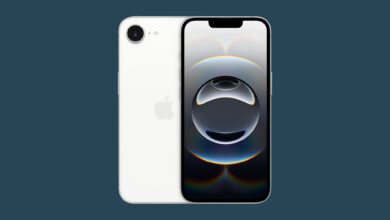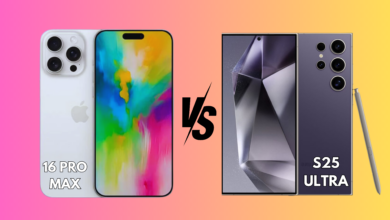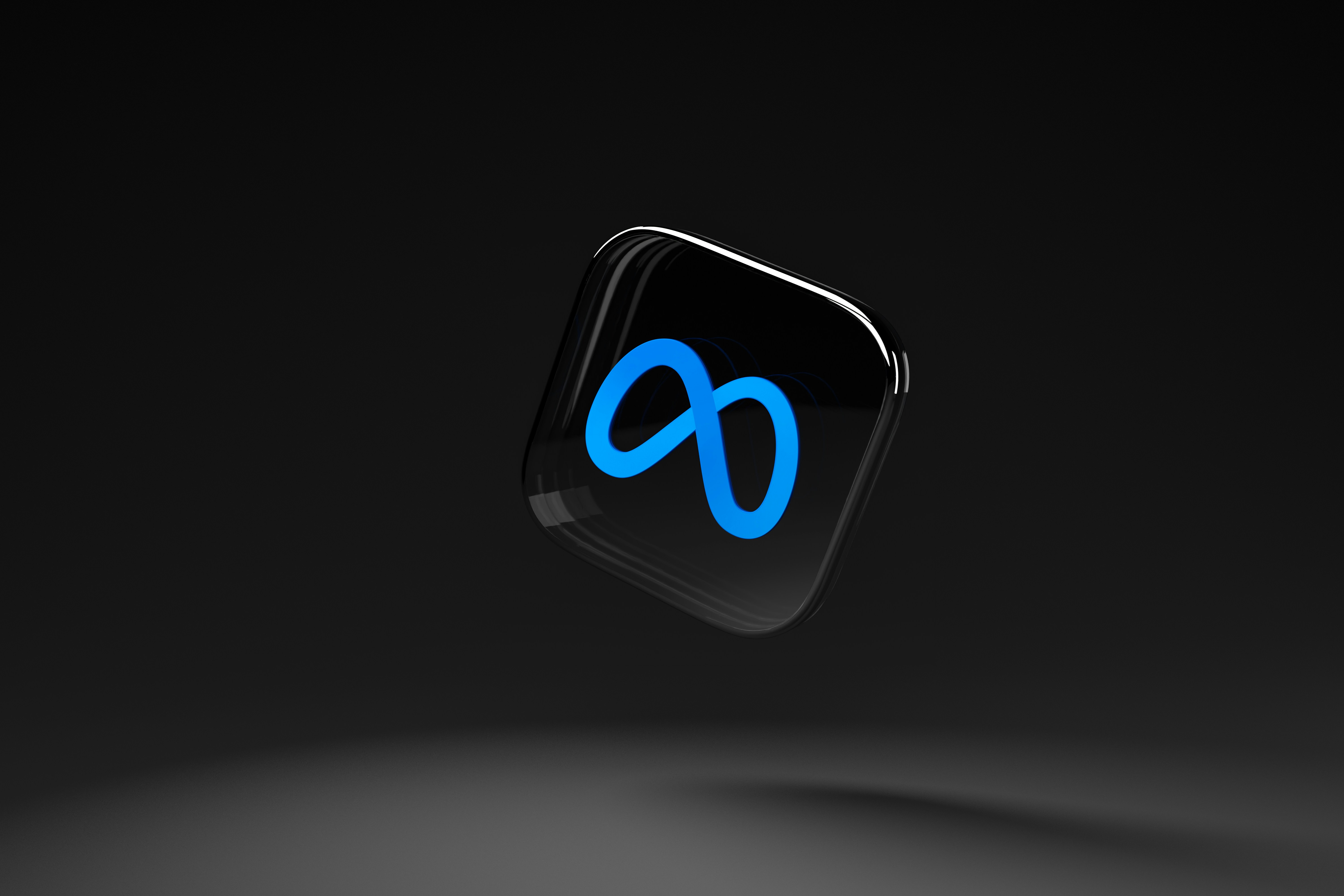Skype Shutting Down: Microsoft Retires Iconic Video Calling App After Two Decades
What Happened to Skype, and Why Is It Shutting Down?

(WE) — After more than two decades of service, Skype — the trailblazing voice and video calling app that once defined online communication — is officially going offline for good after Monday, May 5, 2025. Microsoft, which acquired Skype in 2011, announced the shutdown earlier this year, signaling the final chapter for the once-dominant digital platform.
“Skype has been an integral part of shaping modern communications and supporting countless meaningful moments,” said Jeff Teper, Microsoft’s President of Collaborative Apps and Platforms, in a blog post. “We are honored to have been part of the journey.”
Teper and the Microsoft team encouraged users to migrate to the free version of Microsoft Teams, the company’s modern communications platform which combines video conferencing, chat, file sharing, and integration with other Microsoft 365 tools.
The move effectively closes the curtain on a product that once connected families, friends, co-workers, classrooms, and entire companies around the world.
How Did Skype Start?
Skype’s story began in 2003, when it was founded by Swedish entrepreneur Niklas Zennström and Danish tech innovator Janus Friis. The two men had previously developed Kazaa, a peer-to-peer file sharing platform that gained notoriety for its use in music piracy.
With Skype, the duo repurposed similar peer-to-peer architecture — this time for a more constructive goal: voice communication over the internet. Initially, Skype offered free internet-based phone calls (VoIP) and later added video calling and instant messaging.
In a world that hadn’t yet seen Zoom or FaceTime, Skype felt revolutionary. Users could speak and see each other, in real time, across continents and oceans — for free.
How Big Did Skype Get at Its Peak?
Skype quickly gained international traction. By 2005, just two years after its launch, it had amassed tens of millions of users. That same year, eBay bought the company for $2.6 billion, betting that Skype would enhance its buyer-seller communication system.
At its peak, Skype was used by more than 300 million people around the world, according to The Washington Post. It became a go-to platform for business meetings, language classes, remote job interviews, and long-distance family reunions.
Skype was also integrated into TV sets, smartphones, and enterprise software, becoming a household name in over 100 countries. Its ringtone and user interface became synonymous with digital communication.
Why Did Skype Decline?
Despite its early success, Skype failed to keep pace with a rapidly evolving digital communications landscape. As rivals like Zoom, WhatsApp, Google Meet, and Slack emerged, Skype began to feel increasingly outdated.
In 2009, eBay sold a majority stake in Skype to a group of private investors led by Silver Lake Partners. Just two years later, Microsoft purchased Skype for $8.5 billion, planning to integrate it with Windows, Outlook, and Xbox.
However, Microsoft’s stewardship of Skype was a mixed bag. Although it redesigned the platform several times and integrated it into various Microsoft products, it never successfully modernized Skype’s interface to match the streamlined, cloud-based competitors that were entering the market.
By early 2020 — during the start of the COVID-19 pandemic, when video calling usage exploded — Skype had about 40 million monthly active users, according to Microsoft. That figure dropped to 36 million by 2023, while Zoom skyrocketed to hundreds of millions of daily participants.
Critics argue that Microsoft was too slow to evolve Skype into a modern productivity suite and ultimately shifted its attention to Teams — a decision that sealed Skype’s fate.
Read More:
- Meta Launches Standalone AI App to Compete with ChatGPT: A Bold Move to Dominate the AI Space
- Apple to Move US Phone Assembly to India in a Strategic Shift Away from China
- Spotify Glitches Out: Thousands of Users Report Outages Worldwide — But It’s Not a Hack, Says the Company
What Is Microsoft Teams, and Why Is It Replacing Skype?
Introduced in 2017, Microsoft Teams was designed as a workplace collaboration tool — part of Microsoft’s response to the rising popularity of Slack and Google Workspace. With features like chat channels, document collaboration, and secure video meetings, Teams was quickly embraced by businesses and schools around the world.
Teams became especially crucial during the pandemic, when remote work and distance learning became the norm. According to Statista, Teams saw daily active users jump from 20 million in 2019 to over 300 million in 2023.
Recognizing Teams as its future in communications, Microsoft announced in February 2024 that Skype would be discontinued and encouraged all users — business and personal — to transition to Teams. The company has made the process relatively seamless, allowing Skype users to automatically migrate their chat histories, contacts, and settings to Teams with just a few clicks.
What About Skype for Business?
Skype for Business, which was a more advanced version of the consumer app, had already been phased out. Microsoft began the gradual retirement of Skype for Business in 2019 and completed the process by 2021, directing enterprise clients toward Teams.
Skype for Business had been widely used in corporate environments for secure internal communication and video conferencing. But Teams offered broader functionality, deeper Microsoft 365 integration, and cloud-native design — advantages that prompted companies to make the switch.
How Are People Reacting to Skype’s Shutdown?
For many, the shutdown of Skype marks the end of a digital era. Social media platforms like X (formerly Twitter) and Reddit have been flooded with tributes, memes, and nostalgic posts from users reminiscing about first dates, family calls, and job interviews conducted on Skype.
“It feels like losing a piece of internet history,” one Reddit user wrote on the r/technology forum. Another user posted, “Skype was my lifeline when I studied abroad. I talked to my parents every weekend. It’s weird to see it go.”
While most agree that Skype had long been surpassed by sleeker, more capable alternatives, its cultural significance remains intact.
Did Skype Influence Other Platforms?
Absolutely. Skype helped normalize video calling — something that was once the stuff of science fiction. Long before Zoom became a verb, Skype laid the groundwork for how digital meetings should feel and function.
In fact, phrases like “Skype me” became part of everyday language in the early 2010s, similar to how “Google it” entered the lexicon a decade earlier.
Skype also helped set expectations around free global communication, pushing telecommunications companies to adapt and rethink their pricing models. It paved the way for mobile video calls and was one of the first mainstream apps to run smoothly on both desktops and smartphones.
What Happens to Existing Skype Accounts Now?
According to Microsoft, all Skype accounts will be deactivated and eventually deleted unless users manually migrate their data to Microsoft Teams. If you’ve used Skype in recent years, Microsoft has likely emailed you instructions or notifications.
The company says that chats, call logs, and contacts can be transferred seamlessly to Teams, preserving your communications history and relationships.
For users who do nothing, their data will be permanently deleted after a grace period. Microsoft recommends users export any important data they want to retain.
What Does Skype’s Shutdown Mean for the Future of Communication?
Skype’s departure is another signal that the digital communications landscape has matured and consolidated. With large ecosystems like Microsoft Teams, Google Workspace, and Meta’s WhatsApp dominating personal and professional spaces, the era of standalone apps is rapidly fading.
At the same time, the shift underscores how user expectations have evolved. We now expect more than simple video calls: integration with calendars, AI transcription, cloud storage, background effects, and cross-platform syncing are now standard features.
Companies that fail to keep up — even iconic ones — risk fading into irrelevance. Skype’s shutdown is a stark reminder of that.
Are There Alternative Apps to Replace Skype?
Yes, several well-established and widely used communication platforms can effectively replace Skype following its discontinuation by Microsoft. The best replacement depends on the user’s specific needs — whether for personal communication, business collaboration, or secure messaging.
1. Microsoft Teams – The Official Successor
Microsoft Teams is the platform that Microsoft recommends as the natural successor to Skype. It is available in both free and enterprise versions, supporting video calls, messaging, file sharing, and collaborative workspaces.
- Best For: Business and enterprise communication, remote teams, and education
- Key Features: Integration with Microsoft 365, calendar scheduling, meeting recordings, screen sharing
- Migration Support: Skype users can transfer their contacts and chat history directly to Teams
2. Zoom – Popular for Meetings and Webinars
Zoom Video Communications has become one of the most widely adopted video conferencing tools globally, particularly during the COVID-19 pandemic. It offers both free and paid tiers with scalable features.
- Best For: Virtual meetings, webinars, online classrooms
- Key Features: HD video/audio, breakout rooms, webinar hosting, screen sharing, cross-platform availability
3. Google Meet – Seamless Integration with Google Services
Google Meet, part of Google Workspace, is a browser-based video conferencing tool that integrates with Gmail and Google Calendar.
- Best For: Users within the Google ecosystem
- Key Features: No software installation needed, automatic meeting links via Calendar, live captions, screen sharing
4. WhatsApp – Mobile-Friendly Messaging and Calling
WhatsApp, owned by Meta Platforms, provides end-to-end encrypted messaging and voice/video calling.
- Best For: Personal and international communication
- Key Features: Cross-platform mobile/desktop access, encrypted calls, group video chats (up to 32 people)
5. Slack – Work Messaging with Call Capabilities
Slack Technologies, now part of Salesforce, is a messaging platform designed for professional teams. It also includes voice and video call options.
- Best For: Team collaboration in professional environments
- Key Features: Threaded messages, integrations with other tools (Google Drive, Asana, etc.), Slack Huddles for quick audio calls
6. Telegram and Signal – Secure Messaging Platforms
Both Telegram and Signal offer video and voice calling with an emphasis on privacy and security.
- Best For: Users prioritizing encrypted and private communication
- Key Features: End-to-end encryption (Signal), cloud messaging (Telegram), group calling support
What Will People Remember Most About Skype?
Ask around, and you’ll hear a range of responses:
- “It helped me maintain a long-distance relationship for three years.”
- “I used Skype to tutor kids overseas in English.”
- “Skype interviews got me my first remote job.”
- “It was the first app I used to talk to my grandma abroad.”
Skype wasn’t perfect, but it was dependable. It was there before the world knew it needed such a tool — and it served millions with a simple mission: connect people.
Is This Really Goodbye?
Yes — but with a legacy that lives on.
Skype may not survive in name, but its DNA is embedded in every digital meeting we attend, every video call we make, and every chat platform we use. Its impact on remote communication, globalization, and work-from-anywhere culture cannot be overstated.
As we transition into AI-enhanced meetings and virtual collaboration spaces, it’s worth taking a moment to reflect on the humble blue-and-white app that made it all feel possible.
Farewell, Skype. You changed the world.














